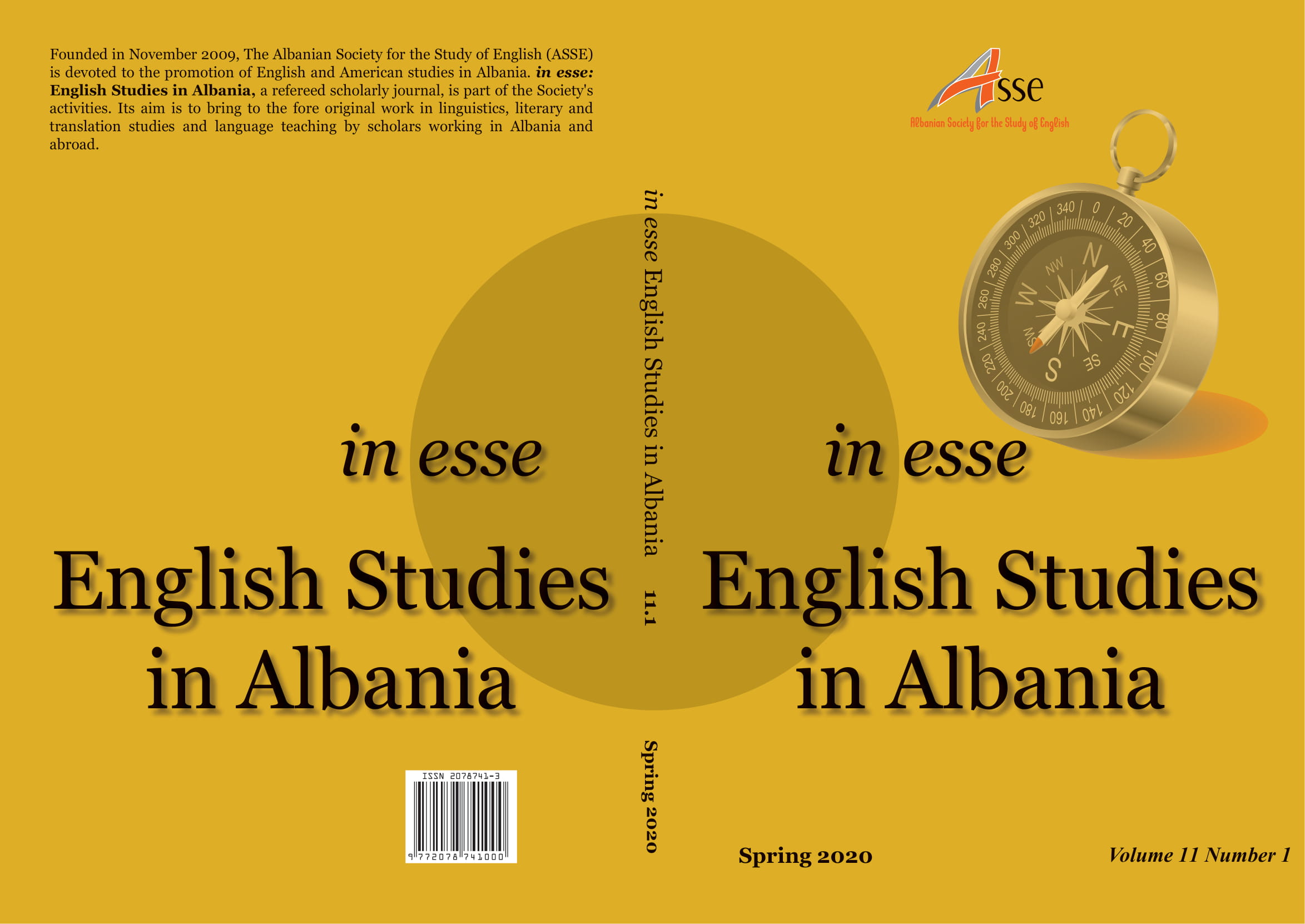Noun-forming suffixes in Old English: the semantic aspect
Noun-forming suffixes in Old English: the semantic aspect
Author(s): Nadiya YESYPENKO, Olga SoloviovaSubject(s): Language and Literature Studies
Published by: Albanian Society for the Study of English
Keywords: suffixation; semantic groups; gender; non-recursive derivation
Summary/Abstract: The article examines the semantic peculiarities of suffixes in Old English. It has been hypothesized that suffixes that coined nouns stipulate the meaning of derived nouns depending on the gender and semantic meaning of bases. In order to identify such features, an analysis of Old English non-recursive derivatives was conducted. The analysis of the semantic meaning of suffixes enables us to single out twenty-one semantic groups of noun-derivatives and their bases. The most frequent semantic groups of bases are social, physiological and physical activities, abstractions, locations, social stratification, result of actions and age with suffixes coining nouns that belong to a set number of semantic groups and also having a specific focal meaning. The majority of suffixes would form 3 - 5 semantic groups of noun-derivatives. Our findings reveal that the Old English period primarily required the means of elaborating abstractions, results of actions, new social roles, religious notions, new structures, and locations. At the same time, and with the exception of animals and food, semantic groups such as age and state did not employ a wide range of means to enlarge their domain. We may also conclude that certain semantic groups show preferences in terms of gender. And we define the study of semantic peculiarities of masculine, feminine, and neuter derivatives as the next step of our research.
Journal: in esse: English Studies in Albania
- Issue Year: 11/2020
- Issue No: 1
- Page Range: 40-64
- Page Count: 25
- Language: English

